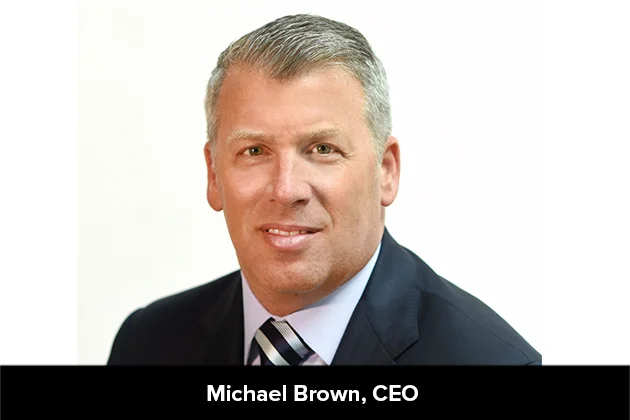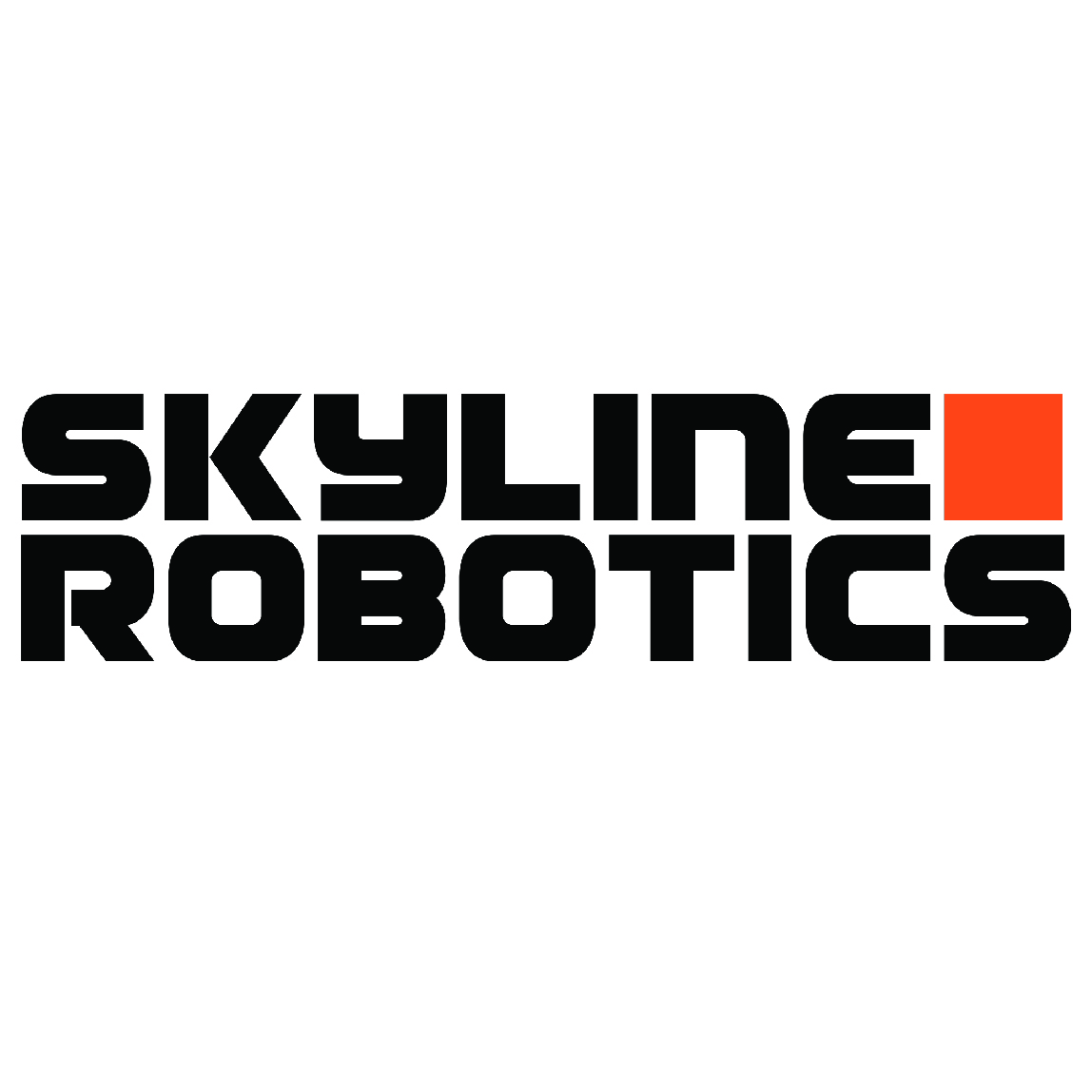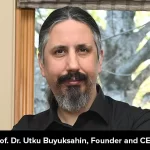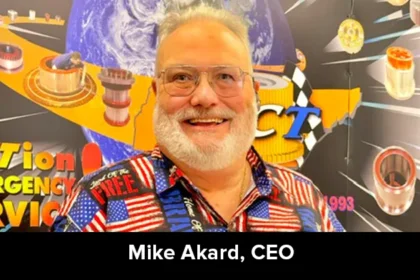The $40B window cleaning industry is at a crossroads. While it has been around for over a hundred years, the process of cleaning windows has remained relatively unchanged. But with the growth of high-rise buildings and the increased size of window surfaces, the industry faces new safety and staffing challenges. Cleaning windows at such heights can be incredibly dangerous and puts workers and the public at risk of injury. The frequency of injuries and even severe injuries caused by falls from heights on building facades is a significant concern for the window cleaning industry.
There has been very little effort made to secure the life of workers. Sensing an opportunity here in this segment, Skyline Robotics is leveraging cutting-edge technology in robotics, automation, and artificial intelligence, developing products that reduce human intervention in such high-risk jobs. Michael Brown, CEO of Skyline Robotics, was with the CEOViews team to share details on how they are bringing a change in this industry.
The Ozmo window cleaning system utilizes the same hoisting equipment found on the roofs of high-rise buildings, allowing it to be implemented on any existing skyscraper for window cleaning purposes. By doing so, it eliminates the risk for human window cleaners and allows them to control and monitor Ozmo’s performance from a secure location.
CEOViews: What is the business problem Skyline is solving?
Michael Brown: Ozmo is a cutting edge-solution designed to take humans out of high-risk situations. Beyond safety, we are addressing several industry needs, including labor shortages. 74% of window cleaners in the USA are over the age of 40, but only 10% are between the ages of 20 and 30. Additionally, there are concerns that robots will take jobs away from humans. We at Skyline Robotics want to help lead the charge of creating a collaborative working relationship between humans and robots. Ozmo, while autonomous, is still operated by humans. However, we use a computer on the rooftop rather than hanging high above the ground.
The device utilizes lidar to measure the distance of the glass it aims to clean and employs force sensors to prevent accidental breakage.
Ozmo is considered the leading industrial tool for automated window cleaning. The company combines the expertise of its engineers with innovative AI technology to design a robot that serves as an indispensable tool for building facade maintenance. This solution makes the cleaning process more practical and three times faster compared to traditional methods. The robot’s “brain” comprises custom-built AI systems and machine learning solutions, allowing it to work with precision, continuously adapt and achieve peak efficiency. Its flexibility and competence are what make Ozmo a game-changer in the window cleaning technology industry, as they are unmatched.
CEOViews: What are Ozmo’s capabilities? What does the robot do?
Michael Brown: Ozmo is the world’s first high-rise window-cleaning robot. Combining artificial intelligence, machine learning, and computer vision with state-of-the-art robotic control and an array of sensors, Ozmo offers a smarter, faster, safer, and more economical alternative to human window washers.
The device utilizes lidar to measure the distance of the glass it aims to clean and employs force sensors to prevent accidental breakage. Its built-in algorithms maintain a stable robotic hand even in strong winds, and the device can recalculate the optimal cleaning route hundreds of times per minute.
Ozmo offers several advantages over human window washers;
- Ozmo is faster: 3 times faster than traditional window cleaning.
- Ozmo is safer: Humans supervise from above and are kept out of harm’s way as robots do the cleaning.
- Ozmo is cleaner: Skyline’s technology ensures Ozmo provides consistent, high-quality cleaning never missing a spot.
- Ozmo saves businesses money: Ozmo reduces onsite labor costs by 75%, cutting the highest operational cost significantly.
CEOViews: Where has Ozmo been deployed to date?
Michael Brown: The first Ozmo robots are being deployed in New York City, the mecca of skyscrapers. We recently announced a key investment from commercial and residential real estate giant Durst Ventures, an affiliate of The Durst Organization, which owns some of New York’s most notable skyscrapers, including One Bryant Park, One World Trade Center, and 151 West 42nd Street. In addition to NYC, we aim to bring Ozmo to buildings across the world.
The initial focus of Ozmo is on windows, but the company is exploring potential product extensions in inspections, masonry, painting, and more. The ultimate goal is to use the technology to create a profile of a building’s “façade health.”
CEOViews: How do you manage to stay up on your industry trends?
Michael Brown: Companies must adapt strategies to stay relevant and survive in the current market. To ensure this, our innovation team stays up to date with industry trends and we have also assembled an advisory board made up of real estate experts in both development and operations, including the largest building maintenance company in NYC, one of the largest real estate facilities companies, and a facade access specialist.
The Ozmo R&D and business development teams regularly receive feedback from operators and customers, promoting collaboration between the business and R&D aspects of the company.
CEOViews: As the CEO of the company, what has been your biggest challenge?
Michael Brown: Raising funding in the current economic climate has been a significant challenge for us at Skyline Robotics over the past six months. This is partly due to the state of the capital markets, which various economic factors, including market volatility and uncertainty, have impacted. As a result, investors are becoming more cautious with their investments, making it more challenging for Skyline Robotics to secure the necessary funding to grow and scale its operations.
Another challenge that Skyline Robotics has faced as a result of being first in the market is the uncertainty of its classification. Investors are unsure whether the company is primarily focused on hardware, software, or both. This lack of clarity can confuse potential investors and make it more challenging for Skyline Robotics to secure funding.
CEOViews: Are robots going to be a bigger part of our future, or a trend?
Michael Brown: Robots are definitely the future, and, with new robots being introduced across all industries, that future is now. Facilitating human-robot collaboration will be a key challenge, but as we have shown at Skyline Robotics, we are successfully creating new career opportunities for a human-robot workforce.
The future of robots is rapidly approaching, and Skyline Robotics is at the forefront of this movement. The challenge will be facilitating human-robot collaboration, but the company is already creating new career opportunities for a human-robot workforce.
The device utilizes lidar to measure the distance of the glass it aims to clean and employs force sensors to prevent accidental breakage.
The initial focus of Ozmo is on windows, but the company is exploring potential product extensions in inspections, masonry, painting, and more. The ultimate goal is to use the technology to create a profile of a building’s “façade health. Additionally, Ozmo should enhance ESG compliance strategies by providing insight and analytics too.












